In the mysterious depths of tropical oceans, where vibrant coral reefs create underwater labyrinths teeming with life, dwells one of nature’s most specialized reptiles: the coral snake (Micrurus spp.) – but not all that bears this name actually lives among corals. The true marvel of coral habitat adaptation belongs to the Olive sea snake (Aipysurus laevis), a venomous marine serpent that has evolved remarkable abilities to navigate and survive within the complex structures of coral reefs. This fascinating creature represents one of evolution’s most impressive adaptations to marine life, having transformed from a terrestrial ancestor into a highly specialized ocean dweller that makes its home within the intricate caverns and crevices of coral formations. Through evolutionary ingenuity, these serpents have developed unique physiological and behavioral traits that allow them to not only survive but thrive in this challenging environment.
Evolutionary Origins of Coral-Dwelling Snakes
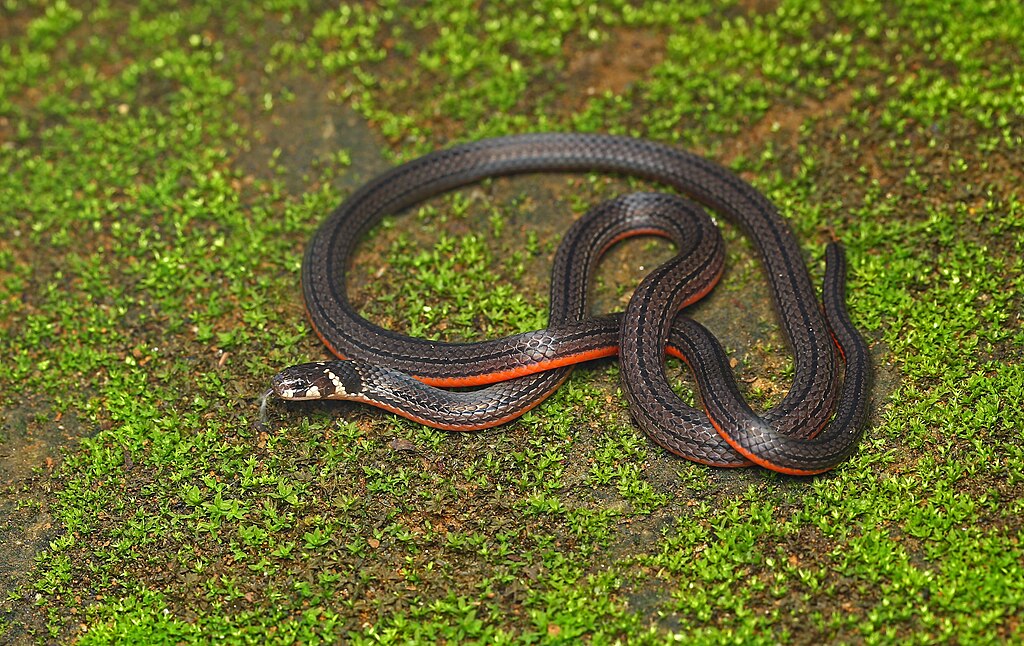
Marine snakes, including those that inhabit coral reefs, share an evolutionary history that traces back to terrestrial ancestors that gradually adapted to aquatic environments approximately 10-15 million years ago. This remarkable evolutionary journey transformed land-dwelling reptiles into specialized ocean hunters, with the Olive sea snake and its relatives representing one of the most successful adaptations to marine life among reptiles. Unlike their terrestrial cousins, these sea snakes developed paddle-shaped tails, specialized salt glands to process seawater, and the ability to remain submerged for extended periods. The transition from land to sea required dramatic physiological changes, including modified lung structures that allow these snakes to absorb oxygen more efficiently during dives and skin adaptations that enable them to extract oxygen directly from seawater in some species.
Physical Adaptations for Coral Life
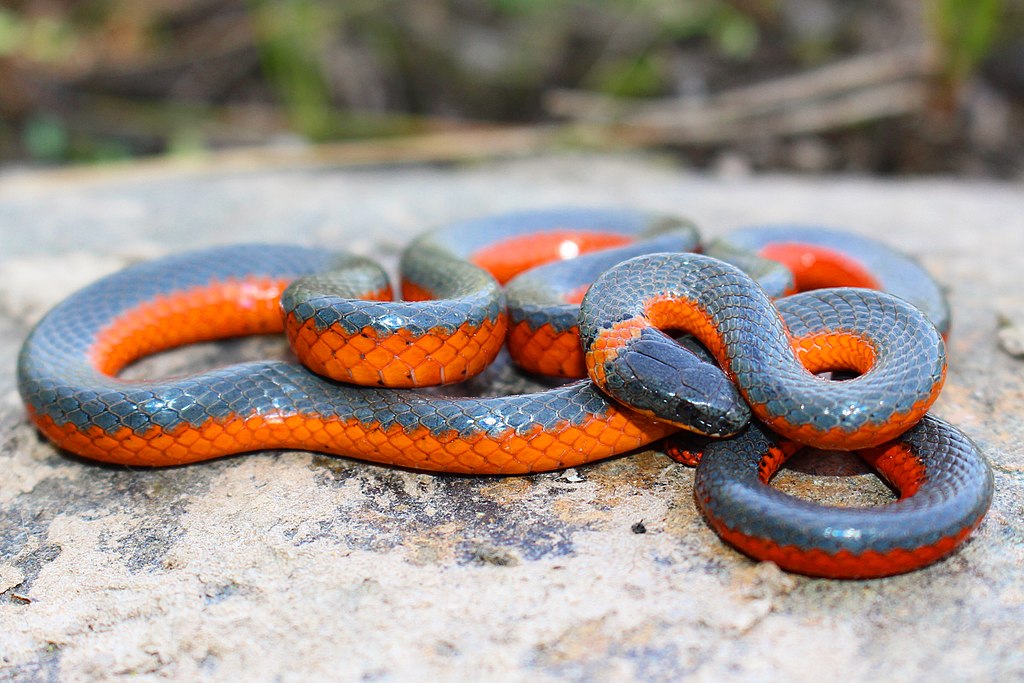
Coral-dwelling sea snakes possess a suite of specialized physical features that make them perfectly suited for navigating the complex three-dimensional environment of coral reefs. Their bodies are laterally compressed and streamlined, allowing them to slip effortlessly through narrow crevices between coral formations while maintaining excellent swimming capabilities in open water. Most notably, these snakes have evolved a paddle-shaped tail that provides powerful propulsion through water with minimal energy expenditure, enabling them to move with grace and precision around delicate coral structures. Their nostrils are positioned high on the snout and equipped with special valves that close underwater, while their specialized scales reduce drag during swimming and help them maneuver through tight spaces without damaging their bodies or the fragile coral around them.
Respiratory Innovations of Sea Snakes
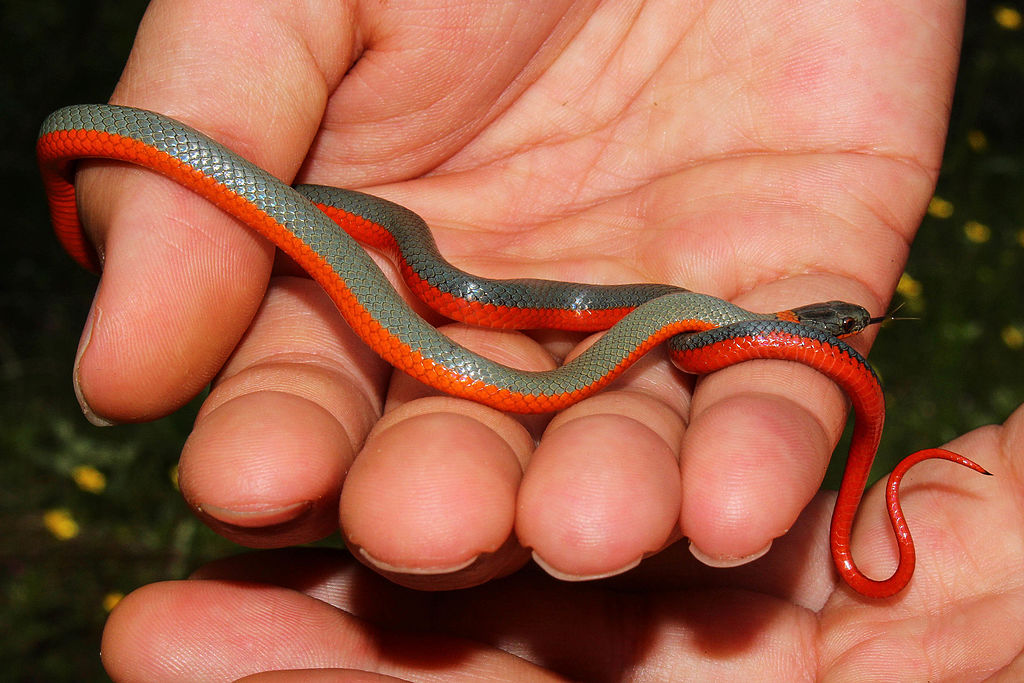
Perhaps one of the most remarkable adaptations of coral-dwelling sea snakes is their respiratory system, which has been dramatically modified from their terrestrial ancestors to accommodate marine life. These snakes possess a single, elongated lung that extends through most of their body length, capable of extracting oxygen with extraordinary efficiency and storing large volumes of air for extended dives. Some species have developed the ability to absorb up to 33% of their oxygen requirements directly through their skin while underwater, a feature that significantly extends their diving capacity beyond what their lung volume alone would permit. The Olive sea snake typically surfaces to breathe only once every 30 minutes to two hours, though they can remain submerged for significantly longer periods if necessary, with some individuals documented staying underwater for up to eight hours during periods of inactivity.
Venom Systems and Hunting Strategies

Coral-dwelling sea snakes possess some of the most potent venoms in the animal kingdom, with toxicity often exceeding that of terrestrial cobras and rattlesnakes by significant margins. This powerful venom serves as an efficient hunting tool in the marine environment, where prey must be immobilized quickly before it can escape into the labyrinthine structure of the reef. The Olive sea snake hunts primarily at night, using a combination of excellent low-light vision and specialized sensory organs to detect the electrical fields and water movements generated by prey hiding within coral crevices. Once prey is detected, these snakes employ a rapid strike-and-hold strategy, injecting venom that quickly immobilizes fish and eels hiding deep within coral formations, after which they can extract and swallow their prey without competition from other predators.
Specialized Coral Habitat Selection
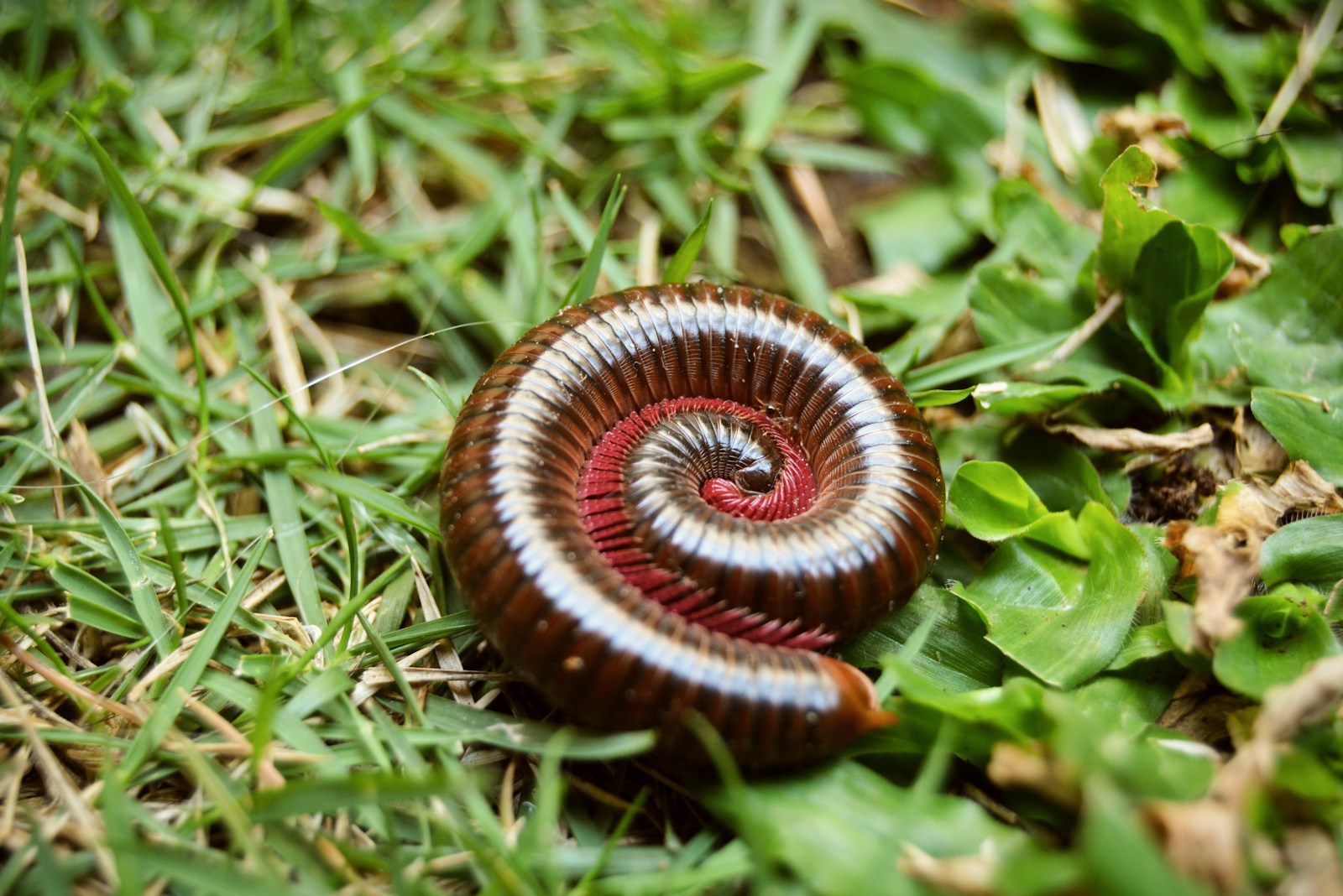
Sea snakes that inhabit coral ecosystems display remarkable selectivity in their choice of coral formations, with preferences that often vary between species and even between individuals of different ages. The Olive sea snake frequently selects branching corals like Acropora and Porites species, which provide an ideal balance of protective shelter and access to hunting grounds rich in prey fish. Juvenile snakes typically favor denser coral formations that offer greater protection from predators, while adults may utilize more open reef areas with scattered coral heads that provide ambush points for hunting. During breeding seasons, female sea snakes often select specific coral formations with particular structural characteristics for birthing, choosing locations that offer optimal temperature regulation and protection for their developing young.
Reproductive Behavior in Coral Environments
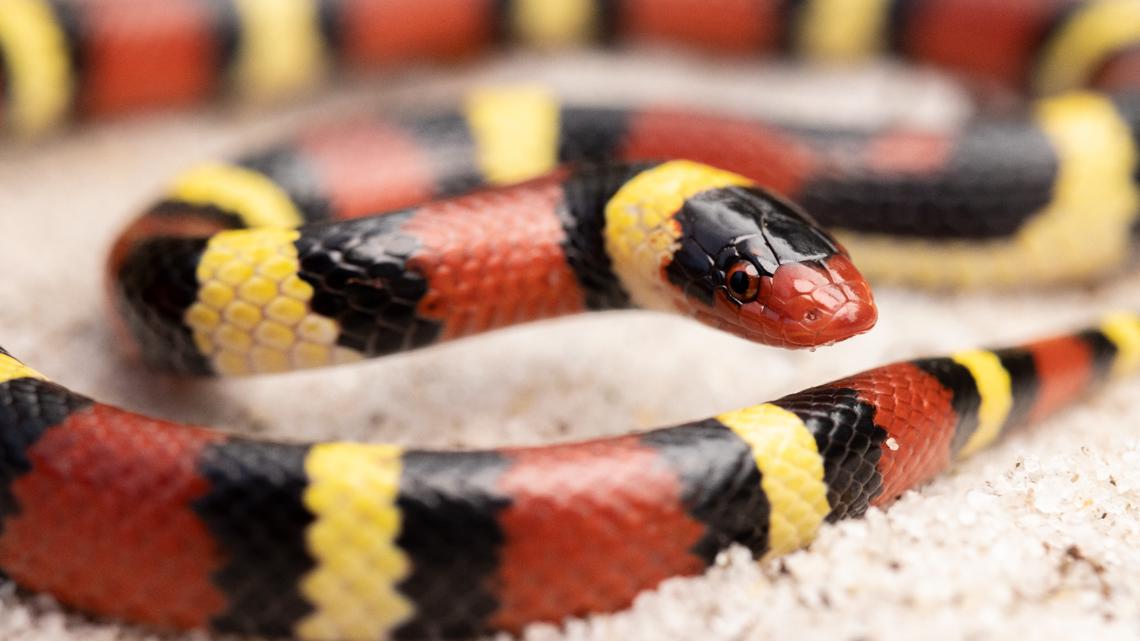
Unlike many other marine creatures that release eggs into the water column, coral-dwelling sea snakes have retained the viviparous (live-bearing) reproduction strategy of their terrestrial ancestors, giving birth to fully-formed young within the protected environment of coral reef systems. Mating typically occurs in shallow coral areas during specific seasonal periods, with males competing for access to receptive females in spectacular underwater courtship displays. Female Olive sea snakes have a gestation period of approximately six months, during which they may select specific coral formations that provide optimal conditions for their developing embryos, often choosing locations with favorable water temperature fluctuations and minimal predator presence. When birthing occurs, females typically produce 2-5 fully-developed young measuring approximately 20-30 centimeters in length, each already equipped with functional venom glands and the instinctive ability to navigate coral structures.
Sensory Systems for Coral Navigation
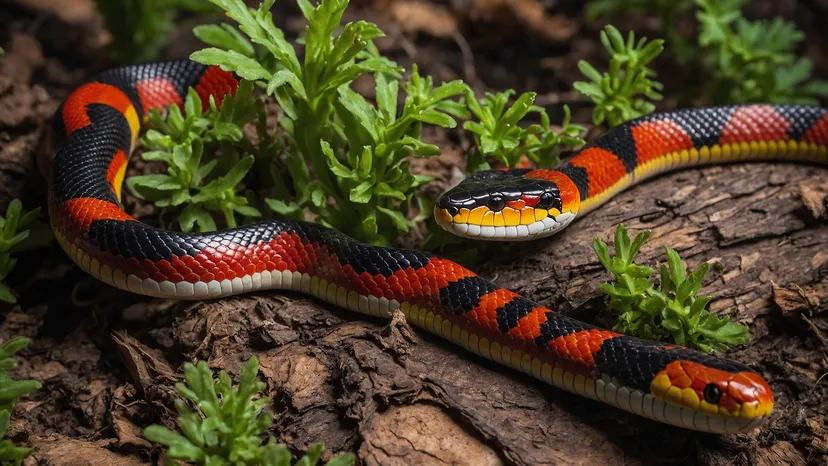
Navigating the complex three-dimensional maze of a coral reef requires specialized sensory adaptations that allow sea snakes to move efficiently through this challenging environment. Coral-dwelling sea snakes possess excellent vision adapted for the variable light conditions of reef environments, with specialized photoreceptors that function effectively in both the bright surface waters and dimmer conditions within coral caverns. Beyond vision, these snakes rely heavily on a specialized sensory system called the vomeronasal organ (Jacobson’s organ), which allows them to “taste” chemical signatures in the water that indicate the presence of prey, predators, or potential mates hidden within coral structures. Some species have also developed heightened sensitivity to water pressure changes and vibrations, enabling them to detect movement through coral formations even when direct visual contact is impossible.
Symbiotic Relationships with Coral Ecosystems
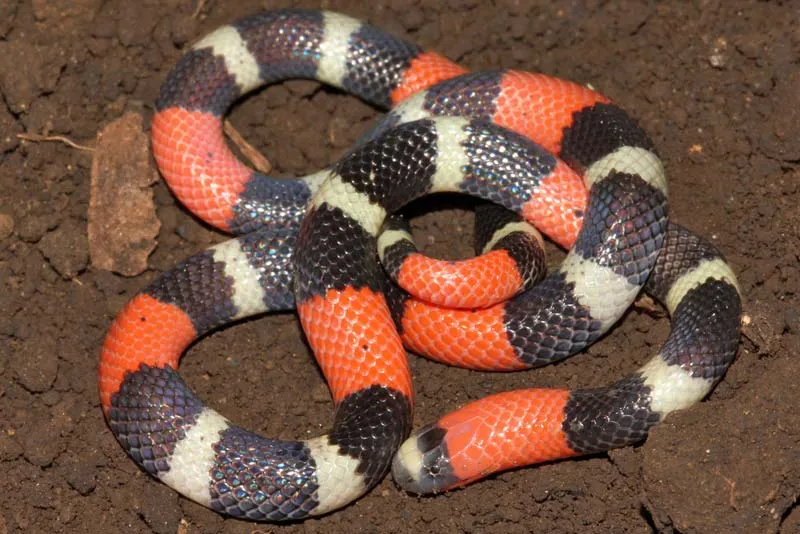
The relationship between coral-dwelling sea snakes and the reef environment extends beyond simple habitat utilization, with evidence suggesting these predators play important roles in maintaining ecosystem balance. By preying on certain fish species that might otherwise overpopulate and damage coral structures, sea snakes help maintain the delicate ecological balance that allows coral reefs to thrive. Researchers have observed that healthy populations of sea snakes often correlate with more robust coral reef systems, suggesting their predatory activities may have cascade effects throughout the food web. Additionally, the hunting behavior of sea snakes often flushes small prey animals from hiding places, making them available to other predators and creating complex inter-species relationships that contribute to the remarkable biodiversity of coral reef ecosystems.
Threats to Coral Snake Populations

Despite their remarkable adaptations, sea snakes that make their homes in coral environments face mounting threats from human activities and environmental changes. Coral bleaching events, driven by rising ocean temperatures associated with climate change, destroy the complex habitat structures these specialized reptiles depend upon for shelter and hunting grounds. Commercial fishing operations often capture sea snakes as bycatch in trawl nets and other gear types, resulting in significant mortality that some populations may not be able to sustain over time. Coastal development and pollution further degrade coral reef habitats, while direct harvesting for meat, skin, and traditional medicines in some regions has placed additional pressure on already vulnerable populations. The specialized nature of coral-dwelling sea snakes makes them particularly susceptible to these threats, as their specific adaptations to reef environments limit their ability to relocate to alternative habitats.
Research Challenges and Knowledge Gaps

Scientific understanding of coral-dwelling sea snakes remains surprisingly limited, largely due to the significant challenges associated with studying these elusive creatures in their natural habitat. The three-dimensional complexity of coral reef environments makes traditional observation and tracking methods difficult to implement, while the potential danger posed by venomous species requires specialized handling techniques and safety protocols. Many sea snake species look superficially similar underwater, creating identification challenges for researchers attempting to document behaviors specific to particular species. Population assessments are complicated by the cryptic nature of many species and their tendency to hide within inaccessible coral formations, making accurate counts and conservation status determinations particularly challenging. These knowledge gaps are concerning given the increasing threats facing both sea snakes and their coral reef habitats, highlighting the urgent need for innovative research approaches.
Conservation Approaches for Reef-Dwelling Serpents
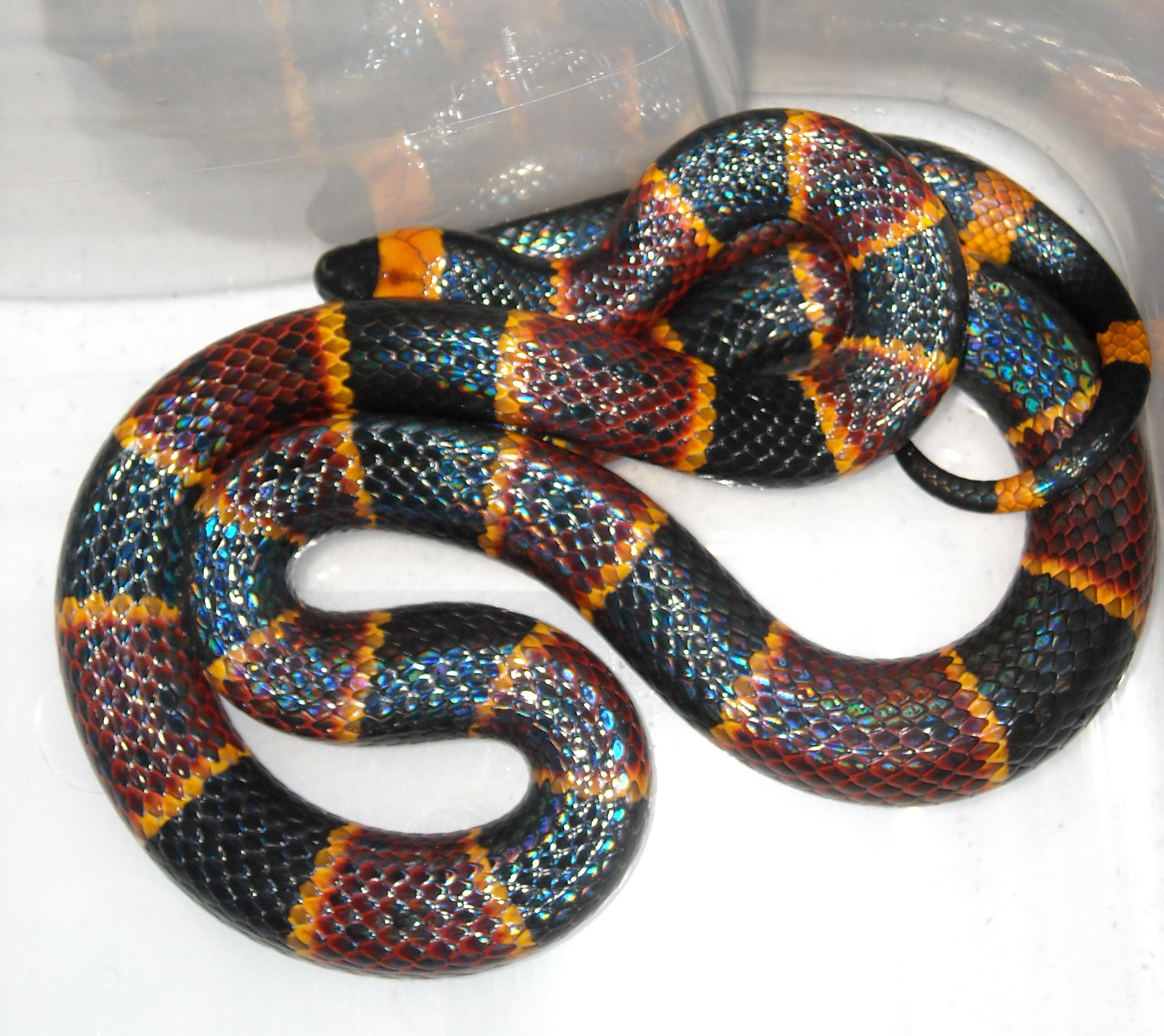
Protecting the specialized sea snakes that inhabit coral environments requires integrated conservation strategies that address both direct threats to the animals and broader protection of their essential coral habitats. Marine protected areas that specifically include known sea snake aggregation sites offer important safe havens where these animals can breed and hunt without disturbance from fishing activities or habitat destruction. Modification of fishing gear and practices in areas where sea snakes are abundant has shown promise in reducing bycatch mortality, particularly through the implementation of escape hatches in traps and reduced trawling in sensitive reef areas. Education programs targeting coastal communities and tourists help reduce deliberate killing of sea snakes based on fear or misunderstanding, while broader climate change mitigation efforts represent the most important long-term strategy for preserving the coral reef ecosystems these specialized reptiles call home.
Cultural Significance and Human Interactions

Throughout the tropical regions where coral-dwelling sea snakes are found, these animals have figured prominently in the cultures, mythologies, and traditional practices of coastal peoples. In some Pacific island communities, certain sea snake species are considered sacred embodiments of ancestral spirits or deities, with specific taboos governing interactions with these animals. Aboriginal Australian rock art dating back thousands of years frequently depicts sea snakes, suggesting a long history of cultural significance that continues in some communities today. Despite their venomous nature, serious bites from coral-dwelling sea snakes are remarkably rare, primarily because most species display docile temperaments and typically only bite when directly provoked or handled. This relatively peaceful coexistence has shaped human perceptions in many traditional communities, where sea snakes are often viewed with respect rather than fear despite their dangerous potential.
The coral-dwelling sea snake represents one of nature’s most elegant solutions to the challenge of living in a complex marine environment. Through millions of years of evolution, these remarkable reptiles have transformed from terrestrial ancestors into specialized marine predators perfectly adapted to navigate and hunt within the intricate structures of coral reefs. As our understanding of these fascinating creatures grows, so too does our appreciation for the delicate balance of adaptations that allows them to thrive in their underwater realm. Yet their future remains uncertain, inextricably linked to the fate of the coral ecosystems they inhabit. By protecting these specialized habitats and the remarkable snakes that call them home, we preserve not just a single species but an extraordinary evolutionary story millions of years in the making – a living testament to nature’s endless capacity for innovation and adaptation.





